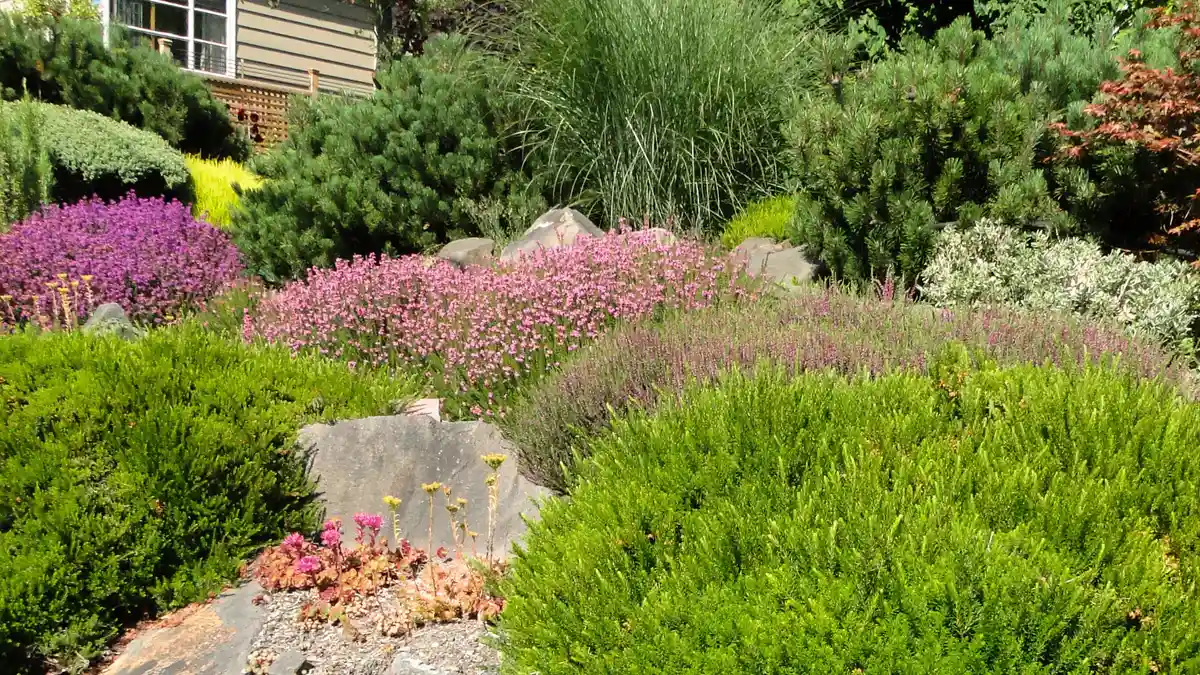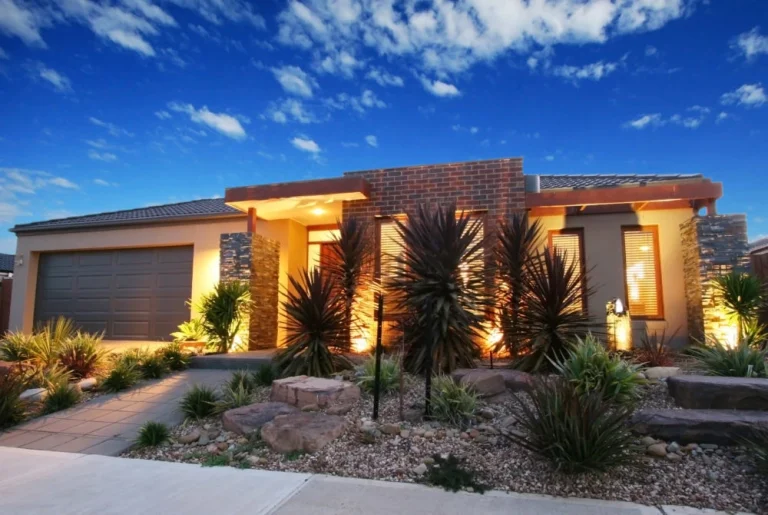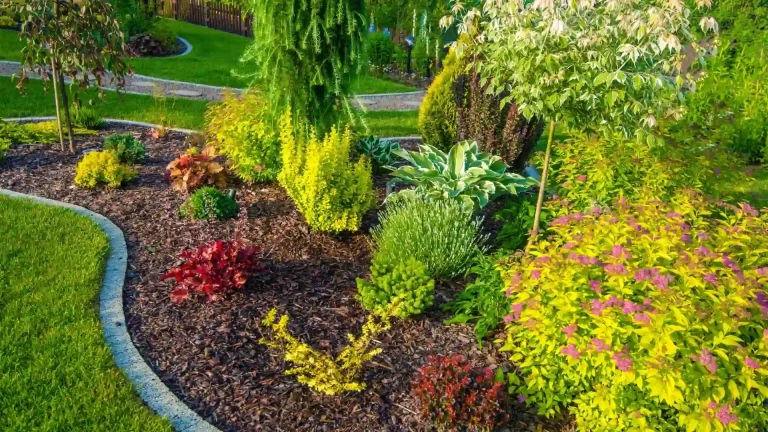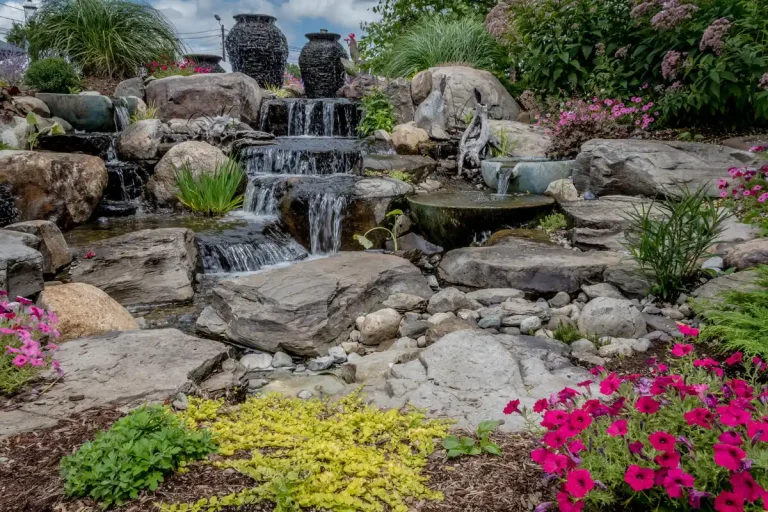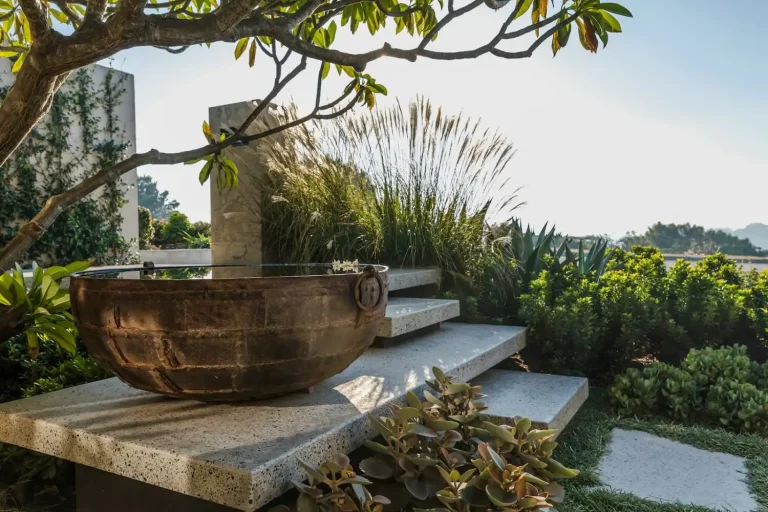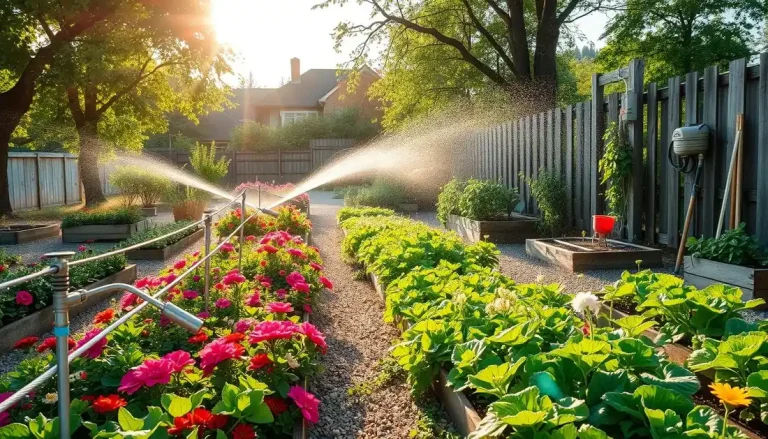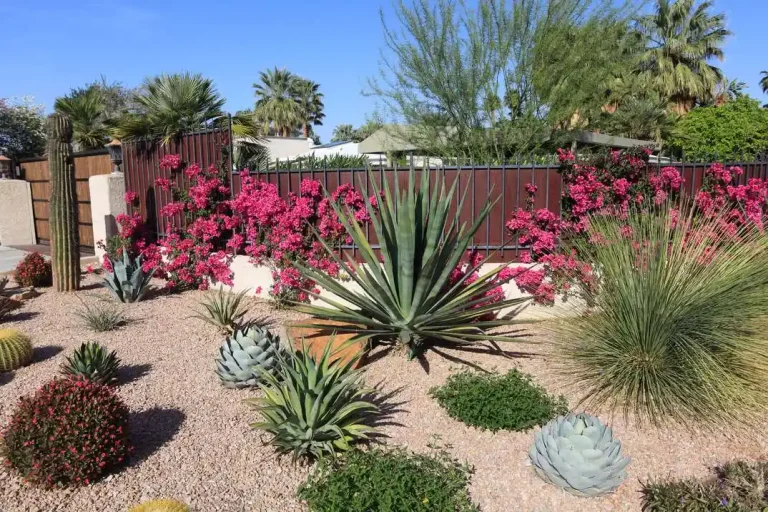Drought‑Tolerant Shrubs and Trees for Premium Gardens: Top Choices & Buying Guide
Why Choose Drought‑Tolerant Shrubs & Trees
When building a premium garden, gardeners often worry that drought-friendly plants will look “cheap” or “desert-like.” That need not be the case. The right selection of shrubs and trees can lend structure, texture, color, and seasonal interest while significantly reducing water needs.
Long‑term cost and resource savings
Drought-tolerant shrubs and trees, once established, use far less water than conventional garden plants. Reduced irrigation means lower water bills, less reliance on watering systems, and fewer labor hours. Over time, the savings in maintenance and resource use can be substantial, especially in regions subject to drought or water restrictions.
Resilience under climate stress
These plants are bred or naturally adapted to withstand heat, dry spells, and nutrient-poor soils. They help safeguard your garden from the stress caused by erratic weather, heatwaves, or drought periods. They also reduce the risk of plant death or decline under water stress.
Aesthetic and ecological benefits
A thoughtfully curated selection of drought-tolerant shrubs and trees can produce stunning foliage, seasonal blooms, architectural forms, and even attract pollinators. They also support biodiversity, stabilize soil, and reduce erosion. In a premium garden, they become design elements rather than “compromise” species.
How to Choose the Right Species
Choosing the right shrubs and trees for a premium drought-tolerant garden involves more than just “pick anything that tolerates dry soil.” You need compatibility with climate, soil, sun exposure, garden scale, and desired aesthetics.
Match to climate and local zone
Check which USDA hardiness zone or local climate band your region falls into, and select species known to thrive in those conditions. A plant might be drought‑tolerant but not heat-hardy, or vice versa. Also check for tolerance to local extremes, e.g. occasional frost or high heat.
Consider soil drainage and quality
Many drought-tolerant plants demand excellent drainage they may suffer in soils that retain water or become waterlogged. Amending heavy clay soils with organic matter, gravel, or sand can help. In premium gardens, raised beds or berms can assist drainage and improved root zones.
Sun exposure and microclimates
Some drought-tolerant species prefer full sun; others tolerate partial shade or dry shade under tree canopies. Evaluate how much sun your space gets across seasons and match species accordingly.
Size, form, and maintenance habits
Select species that will mature gracefully at the desired scale neither overwhelm the garden nor remain too small. Consider growth rate, annual pruning needs, and root spread. In a premium setting, you want plants that age elegantly with minimal corrective pruning.
Aesthetic harmony and diversity
To maintain a luxurious feel, combine plants with contrasting textures, foliage colors, and seasonal interest. Even in drought gardens, you can create layers, focal points, and visual rhythm rather than a monotone landscape.
Exemplary Shrubs and Trees You Can Use
Below are five real-world species that combine drought tolerance with beauty and structure. Each includes detailed characteristics, benefits, use cases, and sourcing suggestions. (Each begins with “Insert image of the product” to allow for a visual in the final published version.)
1. Abelia (Abelia × grandiflora)
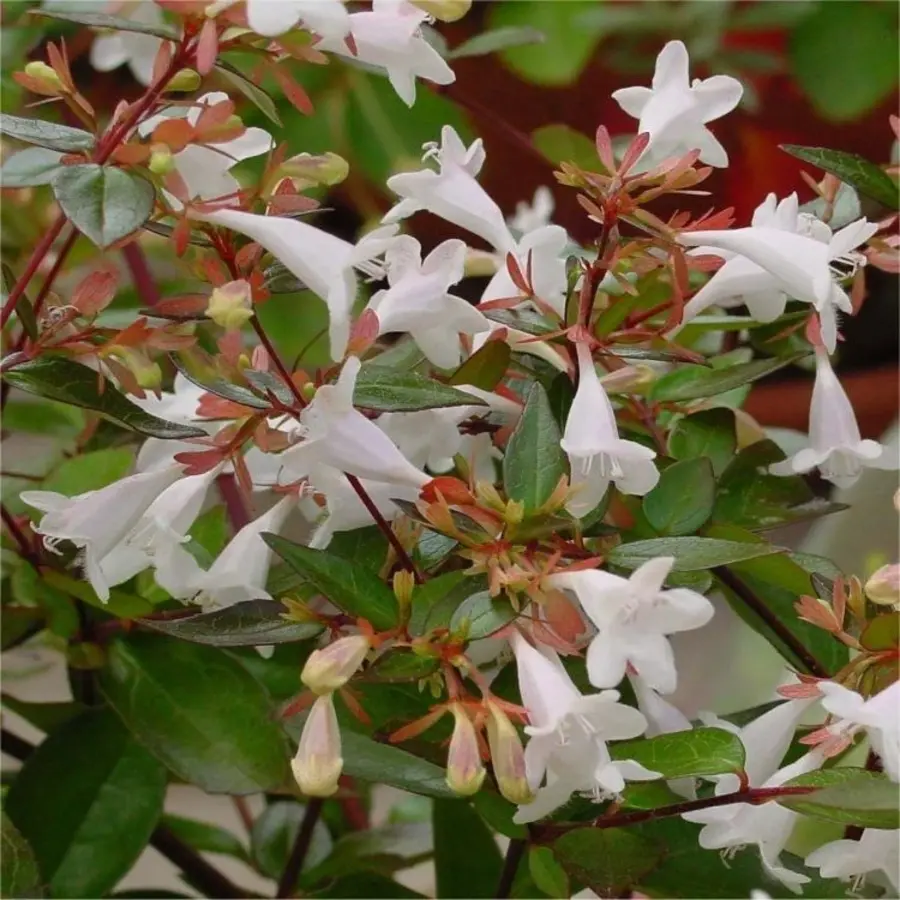
Abelia is a semi-evergreen shrub known for gracefully arching stems, glossy leaves, and clusters of small tubular flowers that attract pollinators. The cultivar ‘Suntastic™ Radiance’ Abelia is particularly praised for its heat and drought tolerance, low maintenance, and elegant foliage.
-
Benefits & performance: Once established, this abelia is drought-tolerant, tolerates poor soils, and requires minimal pruning. The long bloom period (late spring to fall) adds seasonal interest.
-
Use cases: Use as a mid-layer shrub in borders, foundation plantings, or massed in drought gardens. It works well as a soft contrast to rigid architectural elements.
-
Problem solved / need addressed: Ideal in gardens where water is limited but flowering interest is still desired. It fills the aesthetic role of a “flowering shrub” without heavy irrigation needs.
-
Where to buy: Many specialty nurseries and online plant retailers carry abelia. You might search for “Suntastic Radiance Abelia plant” at native plant nurseries or specialty suppliers. (In affiliate contexts, link directly to nursery listings.)
2. Russian Sage (Perovskia Atriplicifolia)
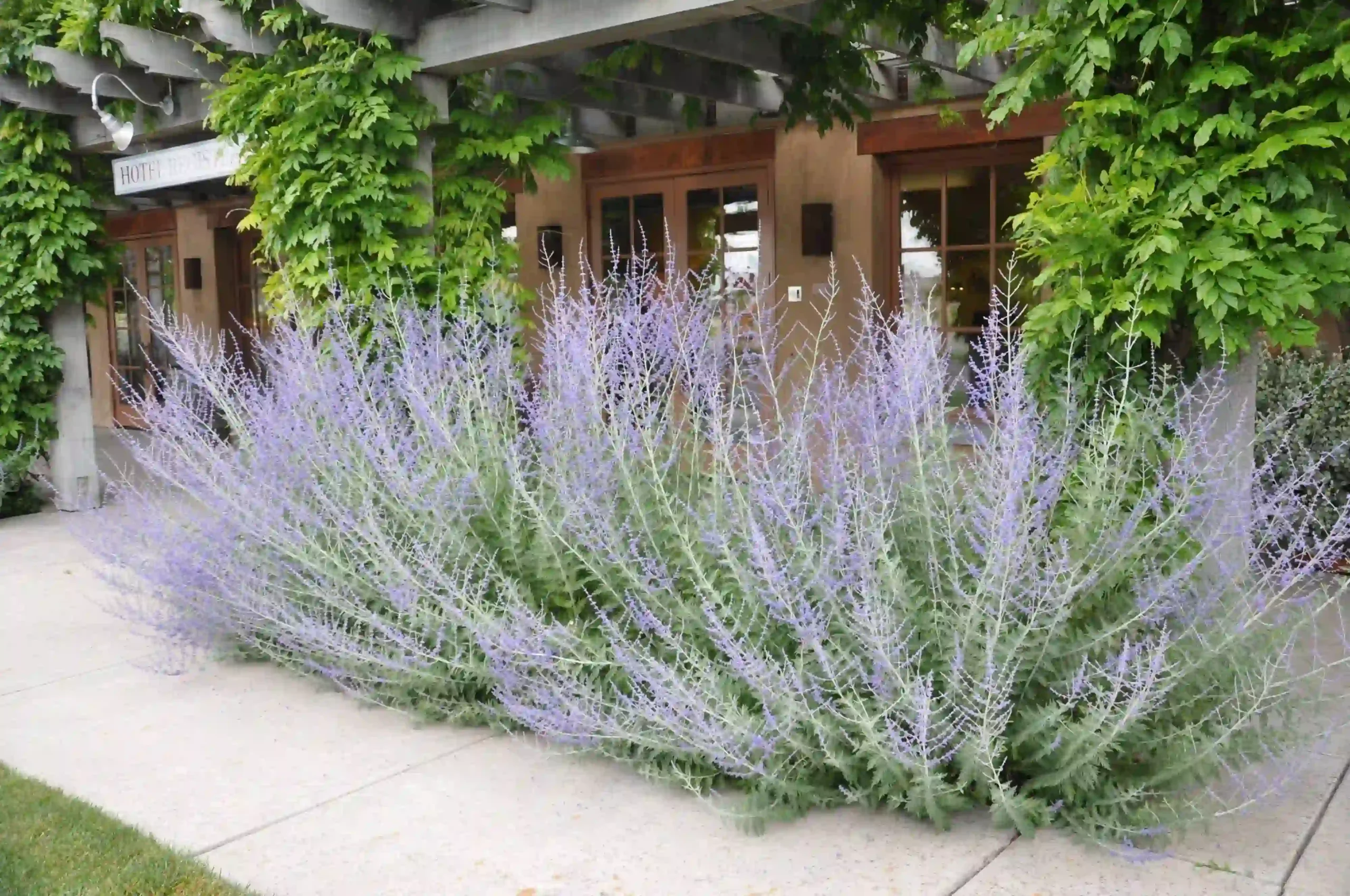
Russian Sage is a woody perennial shrub (subshrub) with silvery foliage and tall spires of soft lavender-blue flowers. It thrives in hot, dry conditions and poor, well drained soils.
-
Benefits & performance: Very low water usage, excellent heat tolerance, and minimal maintenance. The silvery foliage adds brightness, and summer blooms create airy vertical accents.
-
Use cases: Works as a border accent, contrast plant, or in gravel‑style planting. In premium gardens, it pairs well with ornamental grasses, stone features, and structured evergreens.
-
Problem solved / need addressed: Russian sage gives vertical bloom impact without demanding irrigation. It fills the gap for a flowering accent in dry gardens.
-
Where to buy: Many garden centers and online plant catalogs carry cultivars like ‘Blue Spire’ or ‘Little Spire’. Consider checking specialty drought‑tolerant plant sellers.
3. Crape Myrtle (Lagerstroemia indica)
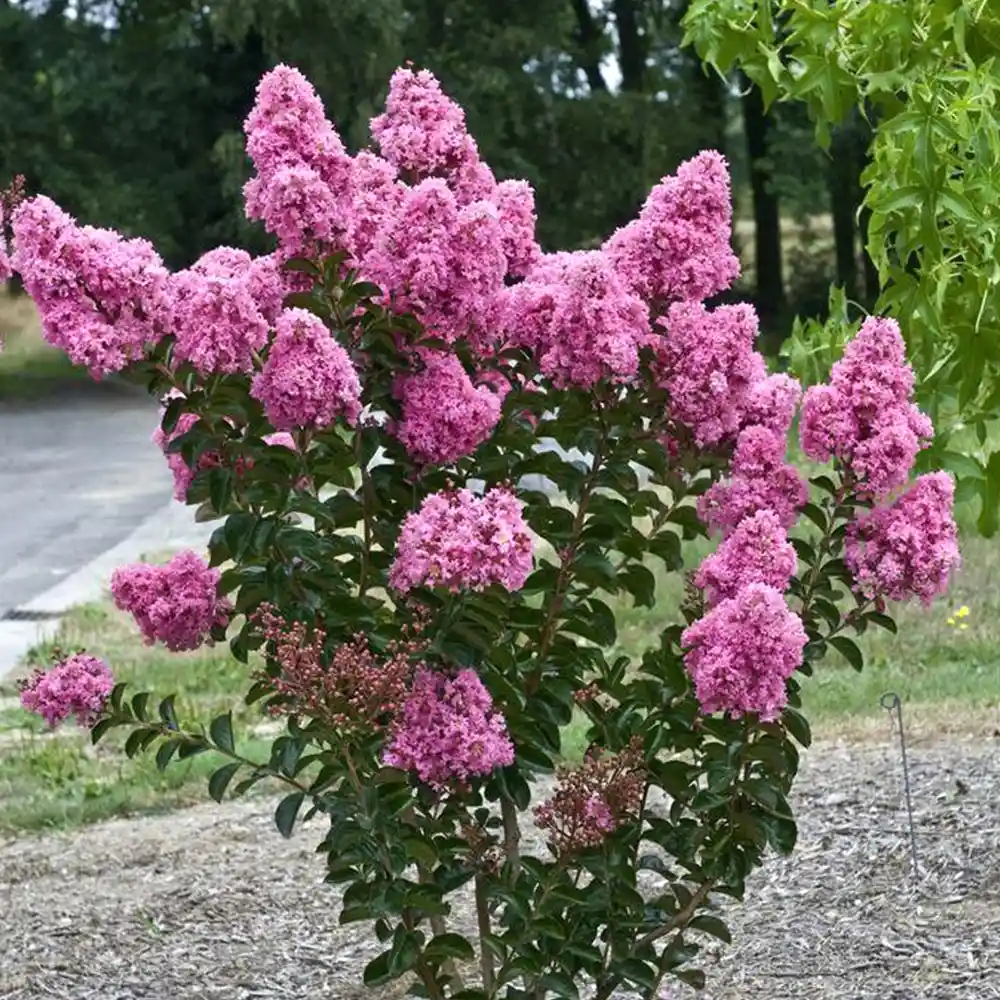
Crape Myrtle is a small to medium, deciduous tree/shrub that offers summer blooms, attractive bark, and autumn foliage. It is widely recommended among drought-tolerant trees for landscapes.
-
Benefits & performance: Excellent tolerance to heat and moderate drought, striking blooming display, and botanical architecture (branching, bark).
-
Use cases: Great as specimen tree, garden focal point, or clipped into decorative hedge forms in premium gardens.
-
Problem solved / need addressed: Fills the role of showy flowering tree while resisting stress during low-water periods.
-
Where to buy: Many tree nurseries stock crape myrtle varieties. Search for “Lagerstroemia indica drought tolerant cultivar” at trusted garden suppliers.
4. Manzanita (Arctostaphylos)
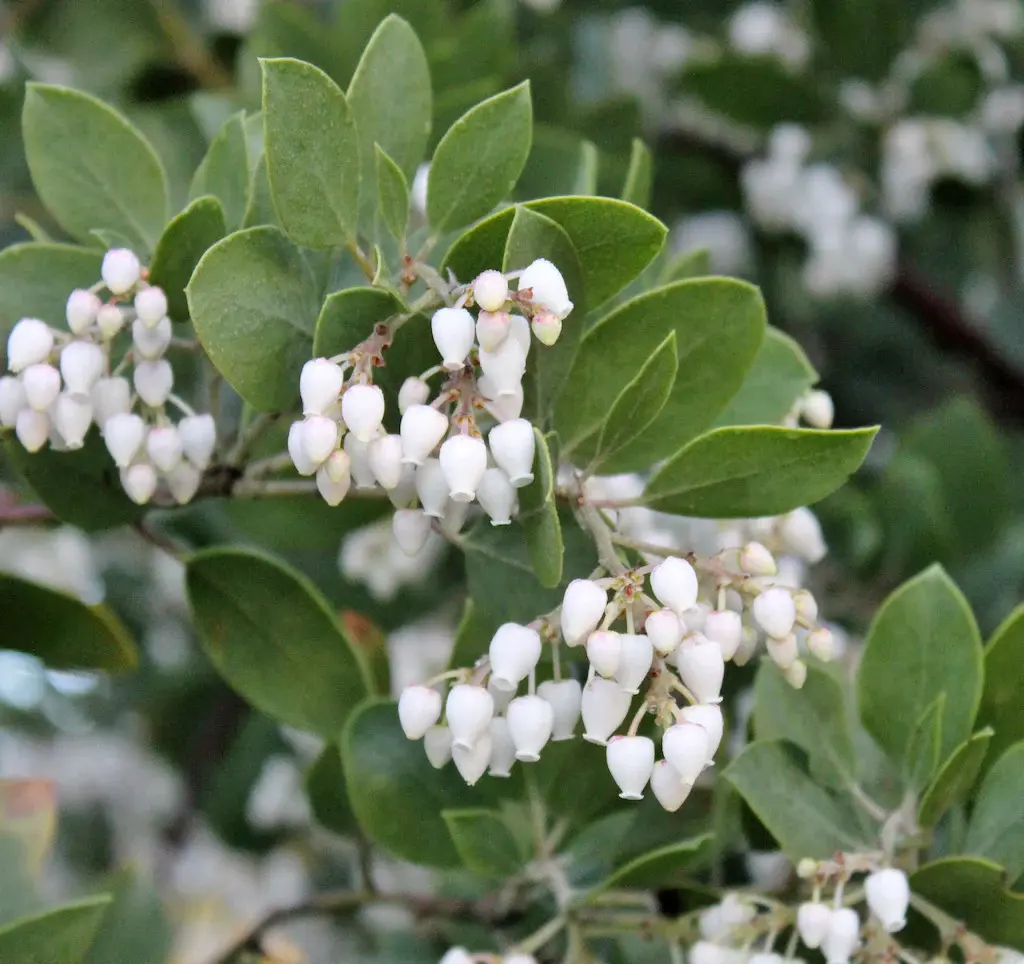
Manzanitas are evergreen shrubs or small trees native to Mediterranean climates, prized for their smooth red bark, twisted forms, and urn-shaped flowers.
-
Benefits & performance: Extremely low water requirements once established, excellent in poor soils, year-round visual interest through bark and foliage.
-
Use cases: Use manzanita as specimen shrubs, under-feature planting, or as structural elements in dry slopes or rock gardens.
-
Problem solved / need addressed: Provides evergreen structure and visual texture with minimal irrigation ideal for dominant “bones” in a premium dry garden.
-
Where to buy: Native plant nurseries often carry local manzanita species. Online specialty sellers may ship climate-appropriate cultivars.
5. Chinese Pistache (Pistacia chinensis)
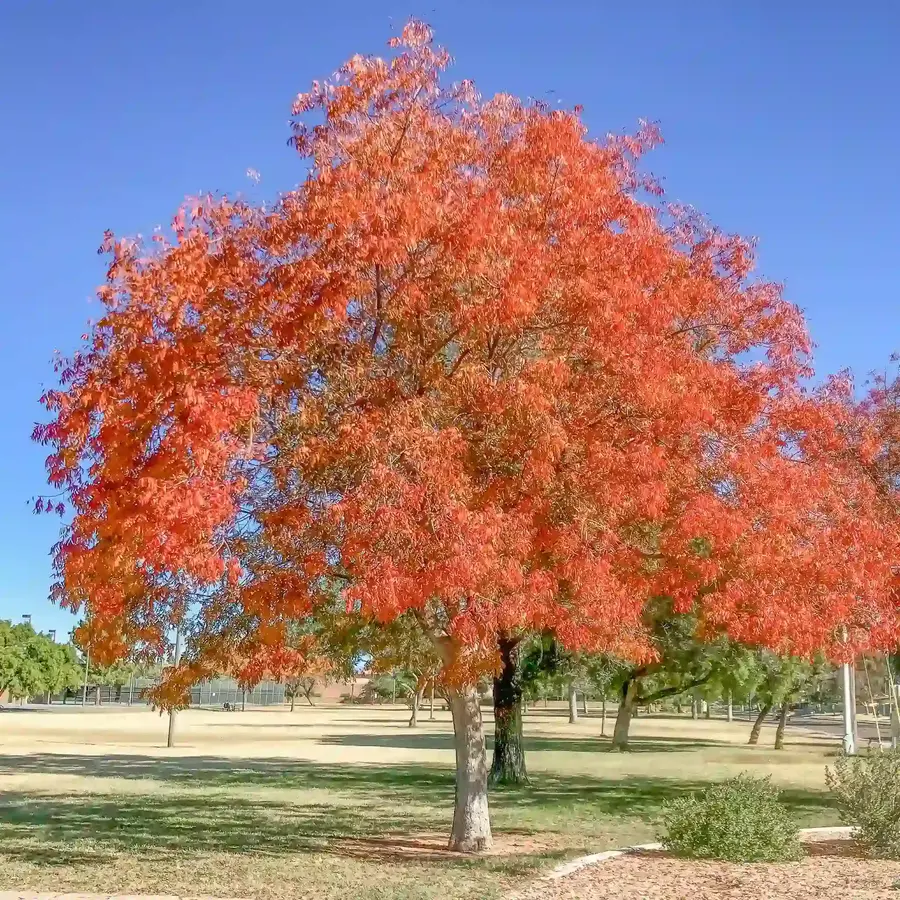
Chinese Pistache is a medium-sized deciduous shade tree, Chinese pistache is lauded for its strong drought tolerance, attractive fall color, and urban resilience.
Benefits & performance: Deep-rooted, withstands heat and water stress, pest/resistance, striking seasonal foliage.
-
Use cases: Use as a specimen tree, shade provider, or anchor tree in the premium landscape design.
-
Problem solved / need addressed: It offers canopy shade without burdening water use—solution for combining tree form with low water demands.
-
Where to buy: Many tree nurseries carry pistache cultivars. Search under “Pistacia chinensis drought tolerant tree” in nursery catalogs.
Benefits of Using Drought‑Tolerant Shrubs & Trees (with Technology and Design Integration)
Selecting top-tier drought-tolerant shrubs and trees is only the first half of the equation. To truly maximize their benefits in a premium garden, integrate technology, smart design, and maintenance strategies.
Smart irrigation and moisture retention
Even drought-tolerant species benefit from supplemental watering during their establishment period. Using drip irrigation systems, moisture sensors, or smart controllers ensures water is delivered precisely where and when needed without waste. Coupling that with mulching, organic soil amendments, and soil moisture retention granules helps reduce evaporation and maintain root zone moisture.
By integrating sensor-based controllers or soil moisture probes (e.g. Wi-Fi or smart garden systems), you can program irrigation to respond only when necessary, reducing manual oversight and conserving water.
Layered planting and microclimate creation
Use taller drought-tolerant trees to cast dappled shade for understory shrubs, reducing evapotranspiration stress. In premium gardens, combining vertical and horizontal layers creates cooler microclimates, helps retain humidity near soil surfaces, and enables more species diversity.
Soil conditioners and organic matter
While many drought‑tolerant species thrive in poor soils, enhancing the soil with organic matter (compost, biochar, worm castings) improves structure and water-holding capacity without reducing drainage. In premium landscapes, creating root-enhanced zones—such as structural soils or root-enhanced pits is a common technique to allow deep rooting and resilience.
Zoning and hydrozoning
Group plants by water needs (hydrozoning). Even among drought-tolerant shrubs and trees, some may need infrequent supplemental water while others require none. In a premium design, create zones or “cells” with matched water regimes. This segmentation allows you to run irrigation zones selectively and maintain flush, lush appearance where desired.
Monitoring and adaptive maintenance
Use soil moisture sensors, plant stress sensors (turgor sensors), or simple tensiometers to monitor plant hydration status. In premium gardens, integrating these with a garden management dashboard (or smartphone app) allows proactive maintenance, early detection of stress, and ensures longevity.
Use Cases & Problem Solving
Scenario 1: Luxury home in semi-arid climate
A homeowner wants a lush but sustainable front yard in a city with periodic water restrictions. They incorporate a Chinese pistache as a focal tree, flank it with Russian sage and abelia, and underplant with low-growing groundcovers. The system uses drip irrigation on a sensor-based controller. Over time, tree and shrubs mature and require minimal supplemental watering, while water cost is slashed, and the garden projects elegance and climate resilience.
Scenario 2: Sloping hillside requiring erosion control
A premium estate has steep slopes that erode in dry seasons. The design team uses manzanita shrubs and Russian sage as stabilizing plants, their deep root systems binding the soil. The reduced water demand means less pressure on irrigation infrastructure. The slope becomes a textured, sculptural element.
Scenario 3: Drought‑stress fallback zone
In a large garden, select zones are designated “low-water fallback” (e.g. back-of-house areas or side yards). In those zones, densely plant abelia, Russian sage, and drought-tolerant groundcovers. Should water restrictions tighten, those zones require minimal irrigation without major visual decline. Other parts of the garden can remain more lush under controlled water.
Scenario 4: Transition garden for new development
A new luxury property is being planted. The landscaping designer uses crape myrtle in signature locations along driveways and sight lines, abelia and Russian sage for structure and flowering elements, and manzanita in rock‑garden contexts. After establishment, the garden requires moderate maintenance but stands strong under drought conditions, enhancing property value.
How to Buy & Where to Buy
Steps to buying
-
Verify climate compatibility: Confirm your local zone and seasonal extremes.
-
Select cultivars or species: Choose the right cultivar (e.g. dwarf forms, color variants) that suits garden scale.
-
Check root form and container size: Prefer container-grown or bareroot options with healthy root systems.
-
Ask about provenance and drought adaptation: Request that plants come from nurseries accustomed to arid conditions.
-
Inspect plant health: Look for signs of stress, root-bound containers, pests, or weak stems.
-
Plan irrigation system accordingly: Size drip lines, sensor controls, and delivery zones to match plant layout.
-
Planting technique: Plant deeply but allow root flare, backfill with amended soil, mulch, and water in well.
Suggested sources & affiliate-style links
-
Gardening with Drought‑Friendly Plants – A practical guidebook that helps design and maintain drought-style gardens.
-
Low‑Water Landscaping for Dummies – A beginner-friendly manual on low-water garden design.
-
Beth Chatto’s Gravel Garden – A classic reference on designing with drought-tolerant, gravel garden principles.
For actual plants, check with:
-
Specialty native or drought‑tolerant plant nurseries (local or regional).
-
Online plant retailers that ship hardy shrubs/trees.
-
Botanical garden plant sales or climate-adapted plant societies.
Planting, Maintenance & Care
-
Establishment period: For the first 1–2 years, water deeply and infrequently to encourage deep root growth.
-
Mulching: Use coarse organic mulch (3–5 cm) to suppress evaporation and moderate soil temperature.
-
Pruning: Minimal pruning is ideal. Remove dead wood or shape lightly in dormant seasons.
-
Fertilization: Use low-rate slow-release fertilizers or organic amendments; avoid heavy feeding, which encourages lush growth the plant might not sustain under drought.
-
Pest/disease vigilance: Drought-stressed plants are more vulnerable, so monitor. But well-chosen species tend to resist many pests.
Frequently Asked Questions
Q1: Can drought‑tolerant shrubs and trees survive without any watering after planting?
A1: No. Even the hardiest drought-tolerant species need supplemental water during their establishment period (often the first one to two growing seasons). The key is to water deeply but infrequently to encourage deep root development. After establishment, their water needs drop significantly, and some may survive with only occasional rain.
Q2: How far apart should I plant these shrubs/trees to create a full, premium look?
A2: It depends on mature size and spacing needs. For shrubs like abelia or Russian sage, space them at about 60–100% of their eventual mature width. For trees like crape myrtle or pistache, allow sufficient canopy space plus room for understory planting. Always consider root zone overlap and visual layering rather than crowding.
Q3: Are there any drought‑tolerant shrubs or trees that still produce fruit or serve multiple functions (shade + food)?
A3: Yes certain species like Pistacia (e.g. pistache) or native edible shrubs in dry regions can provide multi-function utility. However, in premium gardens, many designers prefer ornamental species because they offer more controlled form, aesthetics, and lower maintenance. If fruiting is desired, choose plants known to thrive under limited water and prune carefully to balance yield vs stress.
